This old cowboy adage has been bantered around since we first started domesticating and using the horse as a means of traveling and working with heavy loads and instills the dreaded notion that if your horse has a hoof problem you really don’t have a healthy horse. While true, in its extreme sense, few people know or realize just how much can be done from a bodywork perspective, to keep your horses’ hooves healthy and functioning correctly.
The old notion that your horse’s health starts at the feet, and works its way up looks set to be updated, as more and more evidence from equine bodywork shows how you can help your horses feet by helping his muscles, tendons and ligaments stay soft and supple and the skeleton aligned. My years of applying Equine Musculoskeletal Unwinding therapy to clients’ horses has shown how removing misalignments in the body and tensions from muscles and fascia, relieves the pressure on the tendons running down the legs into the hooves. This in turn allows the hoof to adjust and load correctly. All working towards the same goal, equine bodywork is very complementary to Veterinary, Barefoot trimmers and Farriers applied science.
The pivotal point of misalignment in the horse’s body starts at the withers, 1st rib and scapula and this is what starts the big High-Low hoof syndrome most hoof professionals are always correcting. Once you correct this misalignment then the front hooves balance out naturally. If you analyze this vitally important junction in the equine body, the first rib and scapula tie into the C7 and T1 spinal segment, where the neck and upper back connect. All the nerves serving the head, foreleg and shoulder blade are in this region and any blockages affect the blood supply to the muscles. This can lead to excessive muscle tension that can overload the flexor tendons, and tendons running into the lower foot. Continued tensions can ultimately lead to suspensory and tendon tears. Behavioral and training issues can also surface, such as random bolting, bucking or rearing from bad saddle fit, or bucking in upward transitions.
Feeling the muscles and fascia at the top of your horse’s leg (forearm on the back side below the elbow) will give you an indication of the level of tension in this area. If the muscle is hard and the skin/fascia doesn’t move, this tension automatically puts pressure on all the tendons and ligaments running down the leg into the hoof. In most cases of ‘over at the knee’ horses (where the knee appears bowed and hangs over the foot instead of being upright) this can be released by releasing tension from the body and realigning the body bringing it back to proper form and function.
The premise of Holistic Horseworks LLC unique Equine Musculoskeletal Unwinding therapy is based on exactly that: a holistic therapy that releases tension from the musculoskeletal body, the fascial body, the emotional body and the osteopathy body of the horse. Using bodywork techniques to realign the musculoskeletal body, the therapy also uses advanced applied kinesiology techniques and ancient Chinese energy work methods that can bring softness, suppleness and vitality back to the horse in just one session.
Top Olympic athletes the world over include some form of physio, massage and bodywork in their health and fitness regimen. Keeping muscles and tendons soft and supple is key to their enhanced performance but more importantly, plays a major role in avoiding injuries. It bears consideration to include regular sessions of Equine Musculoskeletal Unwinding therapy in your sport horse’s care regimen. It could add 10+ years to his rideable life.
About the Author:
April Love is a global holistic horse therapist, whose areas of expertise include developing and teaching Equine Musculoskeletal Unwinding therapy; a blend of Osteopathy for deep myofascial muscular and skeletal releases, Craniosacral therapy, massage therapy, bio-energy therapy, equine kinesiology, Acupressure and Reiki. She is a Certified Instructor for Quantum Relief for horses and humans, as well as a certified instructor for Ting Point Therapy. For more information please visit her YouTube channel https://www.youtube.com/user/HolisticHorseWorks/videos


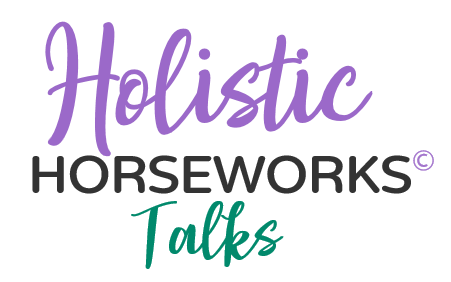
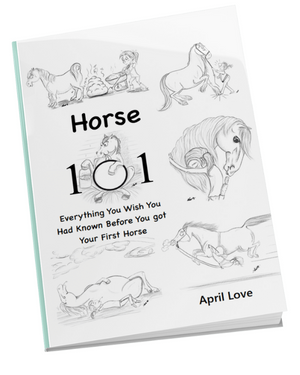
![Complete Level 1 & Level 2 Home Study + Private Training Package [NO DVD]](https://holistichorseworks.com/wp-content/uploads/2022/08/Level-1-and-Level-2-complete-home-study-and-training-package-400x400.jpg)
![Level 1 "Equine Musculoskeletal Unwinding" Home Study -Watch Instantly [NO DVD]](https://holistichorseworks.com/wp-content/uploads/2022/08/Level-1-Home-Study-400x400.jpg)
![Level 2 “CranioSacral Unwinding & Advanced Applied Kinesiology” Home Study - Watch Instantly [NO DVD]](https://holistichorseworks.com/wp-content/uploads/2022/08/Level-2-Home-Study-400x400.jpg)
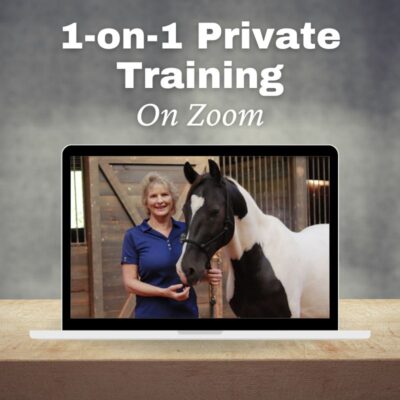
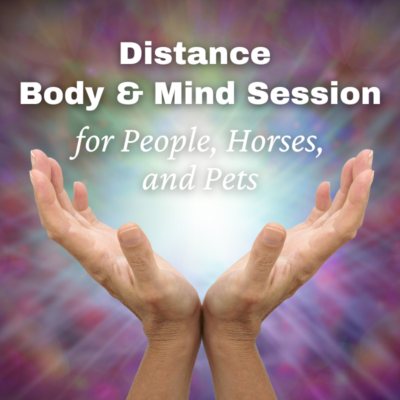
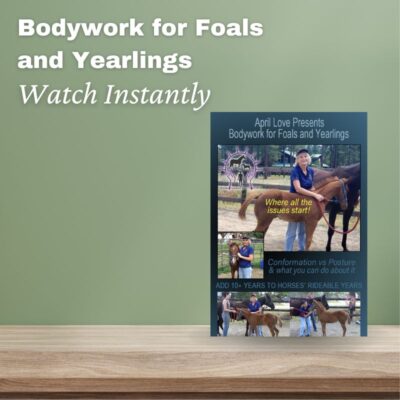
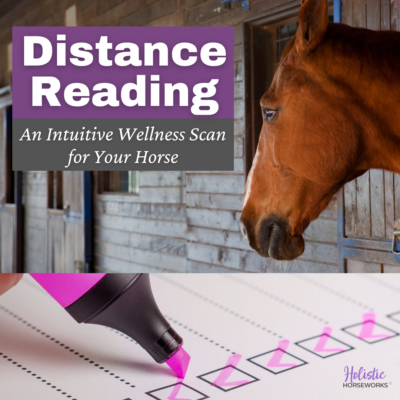
![Equine CranioSacral Energy Work -Watch Instantly [English and French]](https://holistichorseworks.com/wp-content/uploads/2022/09/equine-cranial-sacral-energy-work-watch-instantly-400x400.jpg)